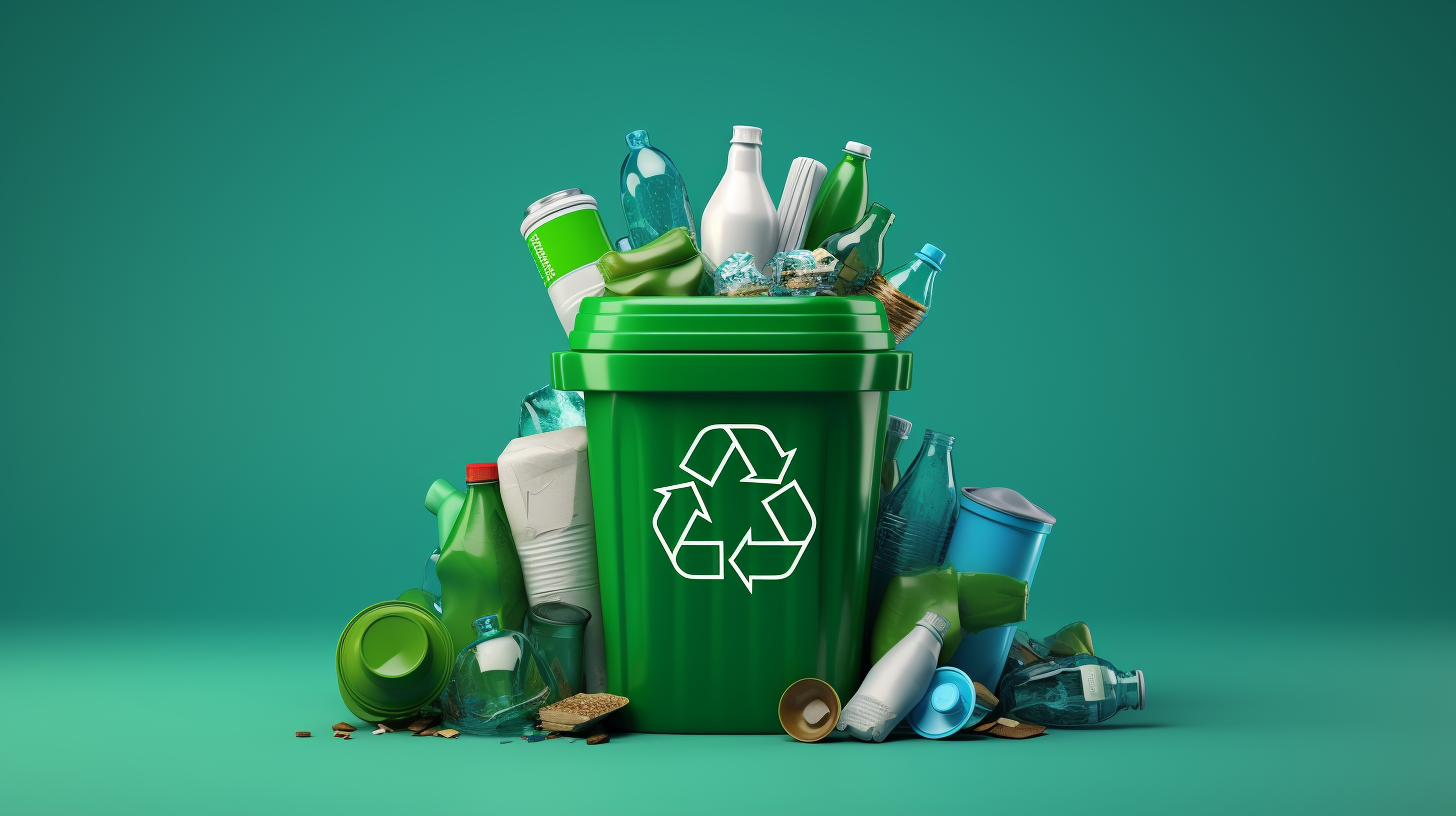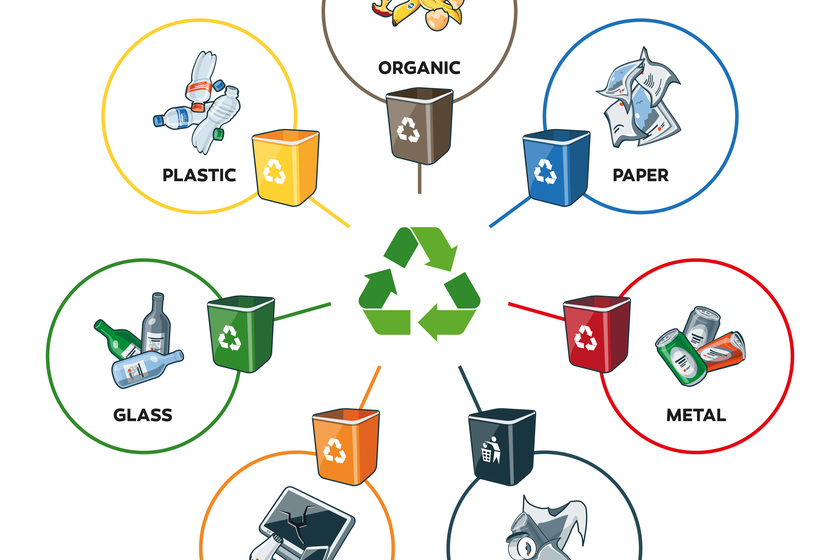Recycling Lives Services: Blazing A Trail in Accountable Recycling
Wiki Article
Recognizing the Classification and Handling of Different Kinds of Waste
Efficient waste management is essential for environmental sustainability, requiring a thorough understanding of the classification and handling of various waste types. Household waste, commercial byproducts, dangerous products, electronic refuse, and natural remnants each require distinctive procedures to make certain safety and lessen environmental damage.
Household Waste
Household waste, incorporating a wide array of thrown out materials created from daily living tasks, stands for a significant component of the general waste stream - recycling lives services. This group consists of natural waste such as food scraps, backyard trimmings, and paper items, along with not natural products like plastics, steels, and glass. The varied nature of family waste requires efficient classification and monitoring to alleviate ecological effect and promote lasting living methodsEfficient family waste management begins with partition at the resource, helping with recycling, composting, and risk-free disposal. Organic waste, as an example, can be composted to generate nutrient-rich dirt amendments, reducing landfill concern and improving soil health. Recyclable products, consisting of paper, glass, and certain plastics, can be processed and repurposed, preserving resources and minimizing energy consumption related to brand-new material manufacturing.
Moreover, hazardous home waste such as batteries, digital devices, and cleansing chemicals requires specialized managing to avoid dirt and water contamination. Public understanding projects and hassle-free disposal alternatives play critical functions in making certain appropriate disposal and recycling of these products. By implementing robust waste decrease methods and promoting area participation, municipalities can substantially minimize the ecological impact of family waste.
Industrial Waste
Industrial waste, a major factor to worldwide waste generation, incorporates a varied variety of materials produced by production, building, and various other industrial activities. This group consists of byproducts such as scrap steel, plastics, rubber, chemicals, and various other residues. The make-up and volume of hazardous waste can vary significantly depending on the market and production procedures entailed. Effective management of hazardous waste is vital for minimizing ecological impact and advertising sustainable practices.The handling of hazardous waste normally involves a number of procedures: collection, partition, disposal, and treatment. Collection systems are created to successfully collect waste materials from numerous sources within a commercial operation. Partition is important, as it guarantees recyclable products are separated from non-recyclable ones, which can be guided in the direction of suitable recycling or disposal networks. Treatment procedures, including physical, chemical, and organic techniques, are utilized to lower the poisoning, quantity, and environmental influence of the waste. Lastly, disposal methods like landfilling or incineration are made use of for waste that can not be recycled or dealt with.
Taking on approaches such as waste reduction, source recuperation, and recycling can dramatically decrease the burden of hazardous waste on the setting, adding to even more sustainable commercial techniques.
Hazardous Waste

The category of hazardous waste is usually based on its physical and chemical characteristics. Toxic wastes have dangerous compounds that can cause adverse wellness impacts even at reduced focus. Destructive wastes can harm or ruin living tissues and products. Combustible wastes can quickly ignite, posturing fire dangers, while reactive wastes can create surges or release poisonous gases upon contact with various other compounds.
Efficient dangerous waste administration involves a number of key methods: identification and segregation of unsafe materials, secure transportation and storage space, and appropriate therapy and disposal. Therapy methods might include chemical stablizing, neutralization, and incineration. Regulative conformity is necessary, guided by frameworks such as the Source Preservation and Recovery Act (RCRA) in the USA, which ensures risk-free and eco audio management of contaminated materials.
Full Article
Electronic Waste
Digital waste, often abbreviated as e-waste, represents a growing difficulty in waste monitoring due to the fast obsolescence of modern technology. This group encompasses a broad series of disposed of digital tools, consisting of smartphones, computers, televisions, and family devices. The intricacy of e-waste depends on its composition; these things have a mixture of valuable materials such as gold and copper, in addition to harmful materials like lead, mercury, and cadmium.
Legislation and laws, such as get redirected here the European Union's Waste Electrical and Digital Devices (WEEE) Instruction, goal to advertise accountable e-waste monitoring. These policies mandate suppliers to assist in the collection and recycling of digital products, therefore minimizing the burden on landfills and decreasing environmental contamination.
Organic Waste
Organic waste, incorporating naturally degradable products such as food scraps, yard trimmings, and farming residues, makes up a significant section of the municipal strong waste stream. This sort of waste is remarkable not only for its volume but additionally for its prospective environmental impact if not handled correctly. Organic waste can decompose anaerobically in landfills, creating methane, a potent greenhouse gas adding to climate change.Proper handling of organic waste includes a number of strategies. In addition, drawing away food waste from land fills through donation programs can ease food insecurity while reducing waste.
Municipalities and organizations are significantly recognizing the importance of natural waste monitoring. Carrying out detailed organic waste recycling programs not just alleviates ecological impacts however also lines up with more comprehensive sustainability objectives, promoting a round economic climate where sources are constantly reused and repurposed.
Verdict
Efficient waste monitoring and environmental management require a comprehensive understanding of the category and handling of numerous waste kinds. Family, industrial, dangerous, digital, and organic waste each require distinct treatments for partition, disposal, and therapy. Appropriate management lessens ecological influence, conserves resources, and promotes sustainability. Carrying out ideal techniques for each waste kind guarantees risk-free and responsible waste administration practices, ultimately adding to the defense of communities and public wellness.Reliable waste management is essential for environmental sustainability, requiring a comprehensive understanding of the classification and handling of different waste types.Family waste, incorporating a wide selection of discarded materials generated from day-to-day living activities, stands for a considerable component of the total waste stream.Industrial waste, a significant factor to global waste generation, incorporates top article a diverse array of materials produced by manufacturing, building and construction, and various other industrial tasks (recycling lives services).Unsafe waste, a vital concern in waste administration, consists of products that pose significant risks to human wellness and the setting due to their hazardous, corrosive, flammable, or responsive buildings.Organic waste, encompassing eco-friendly products such as food scraps, lawn trimmings, and agricultural residues, makes up a substantial portion of the local solid waste stream
Report this wiki page